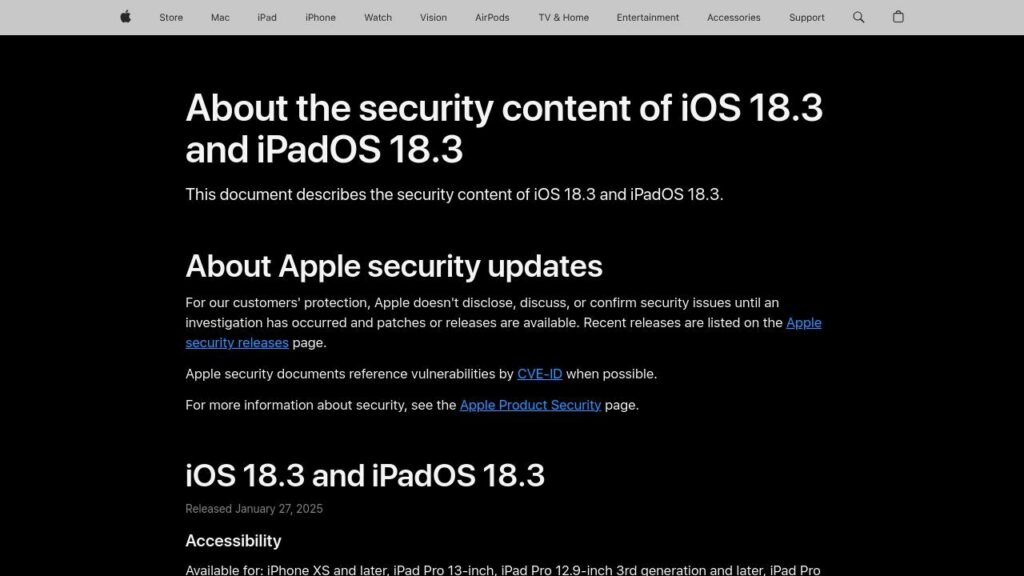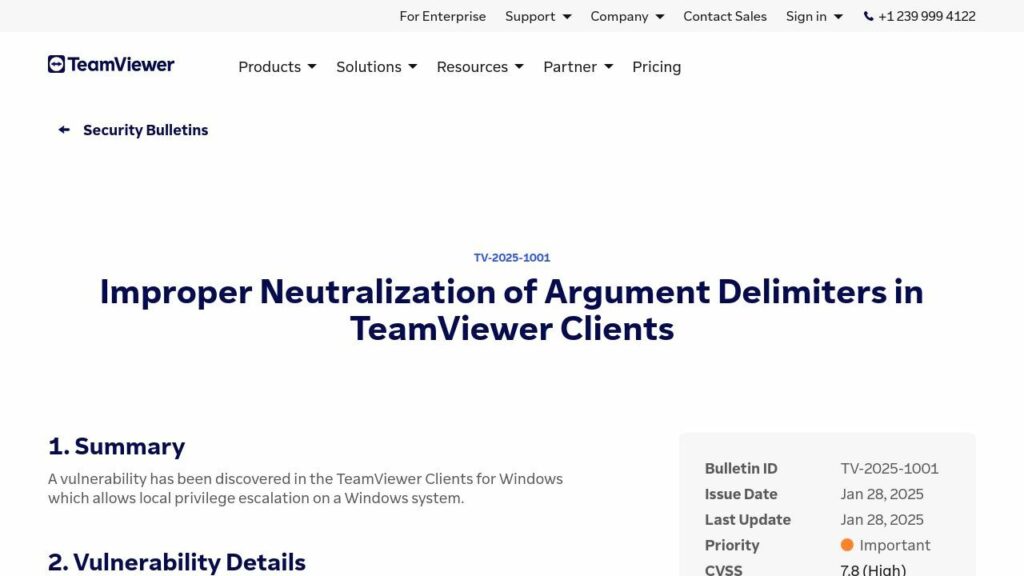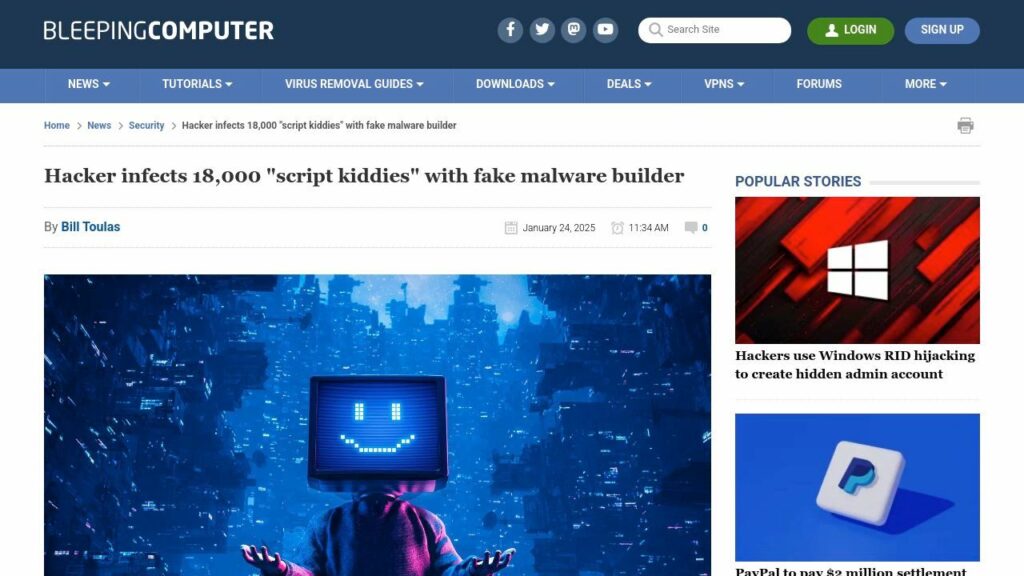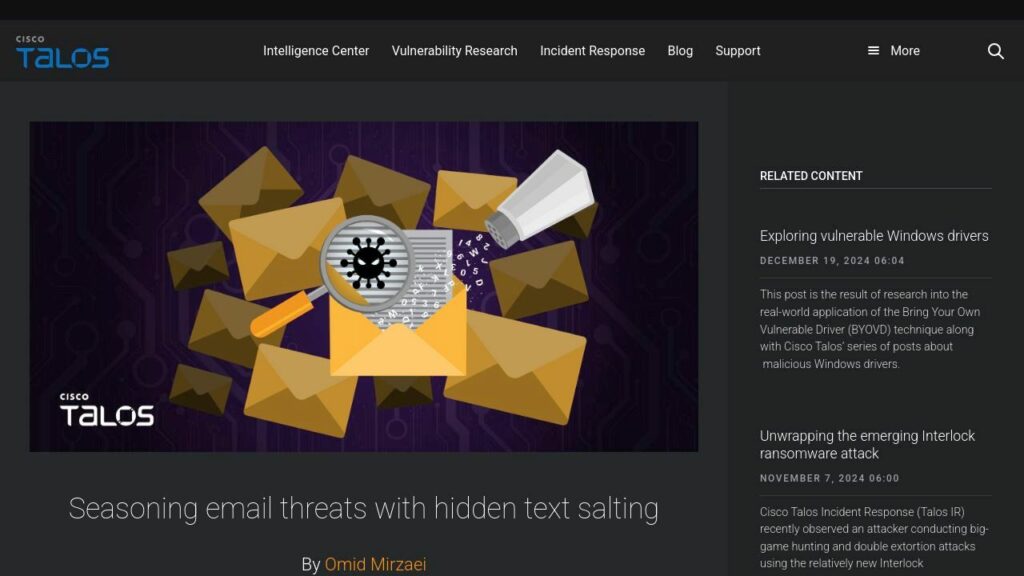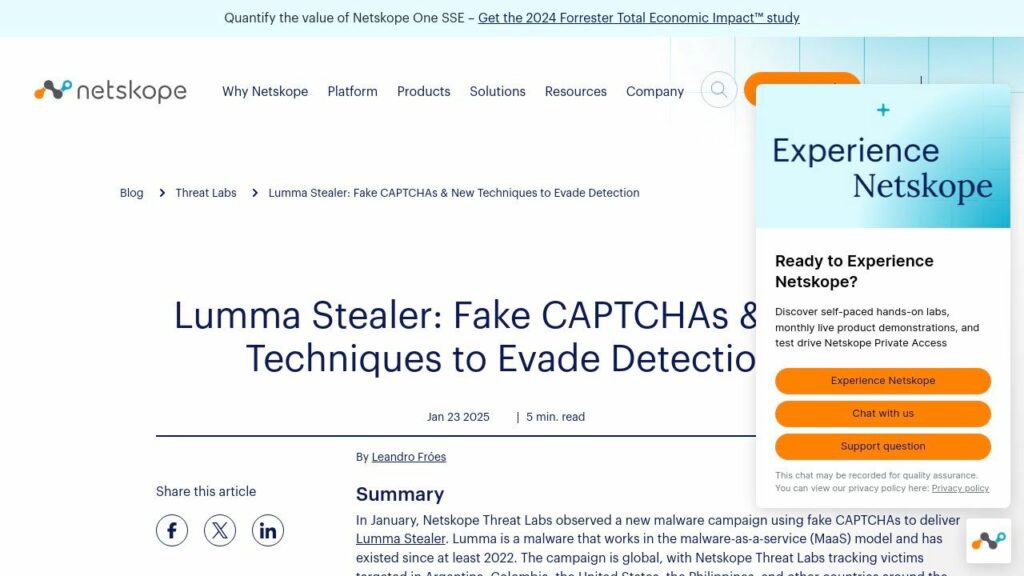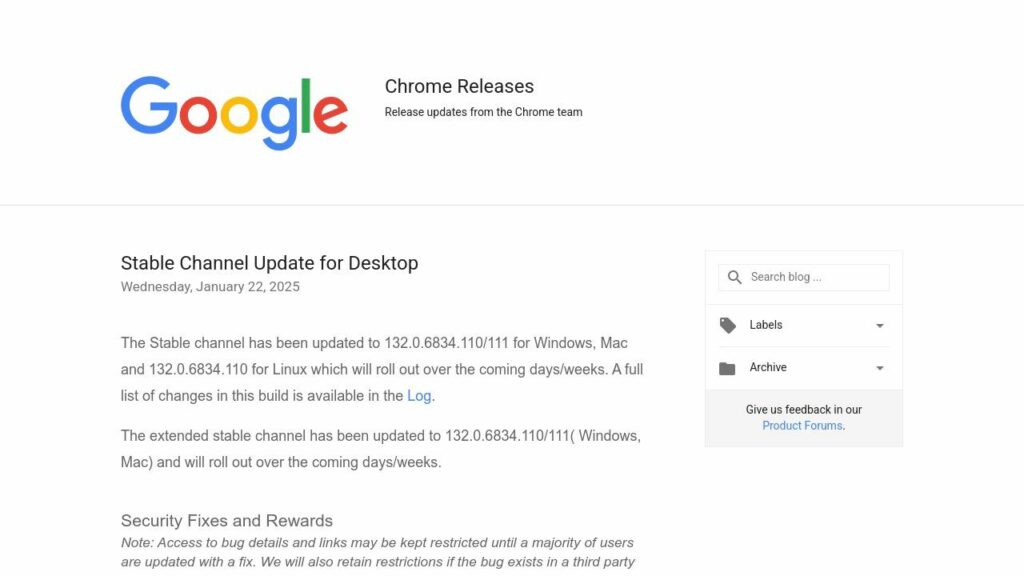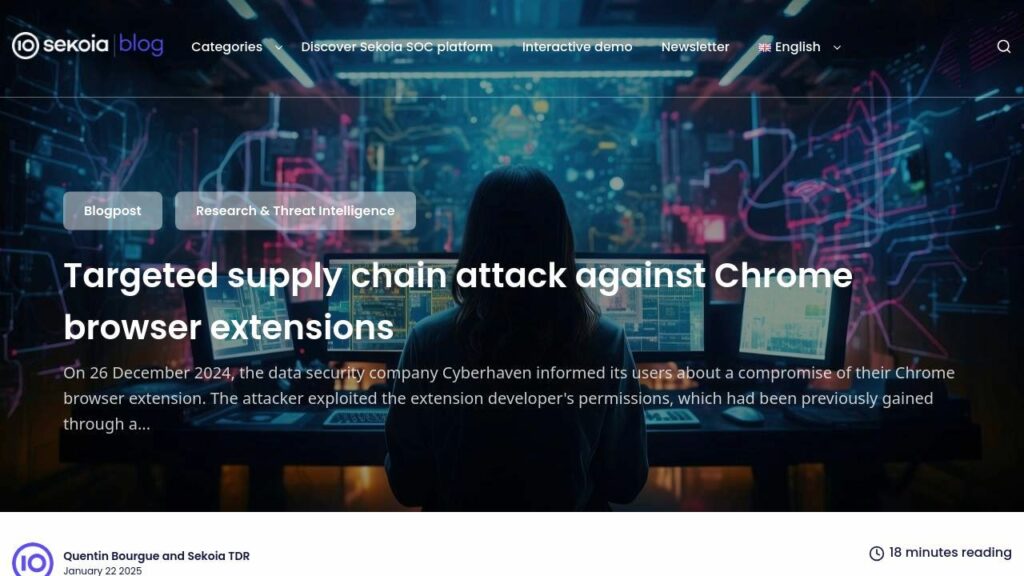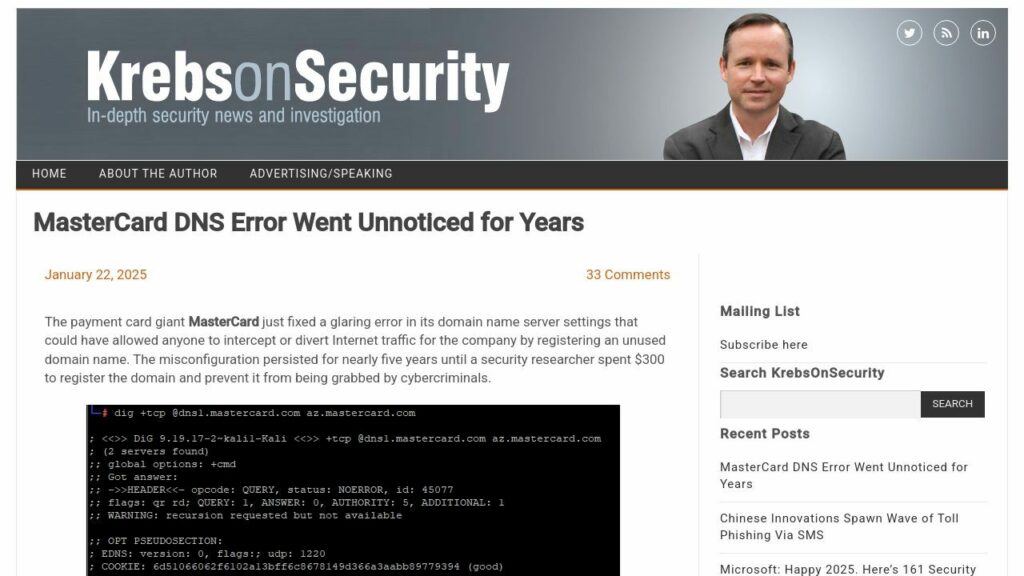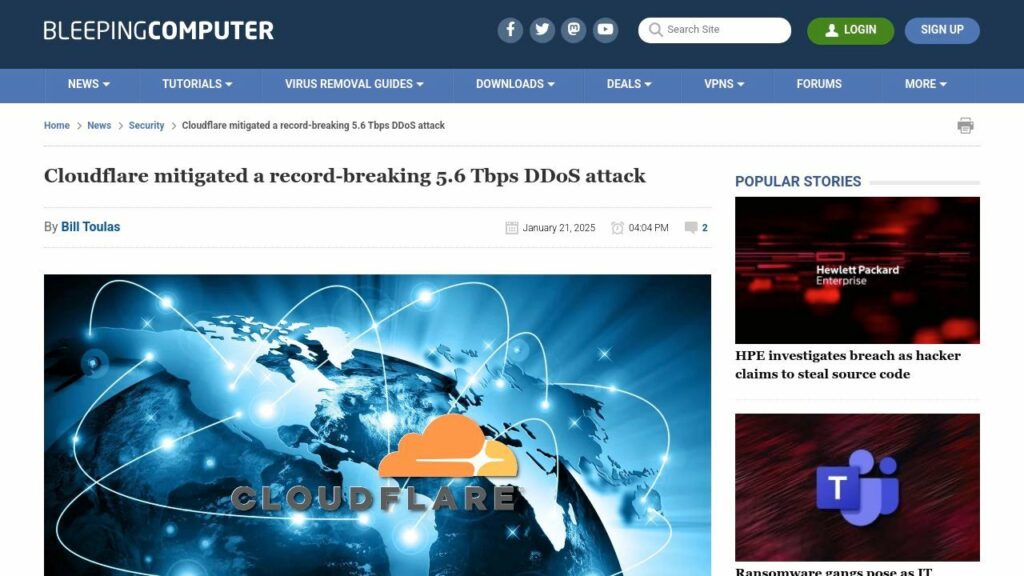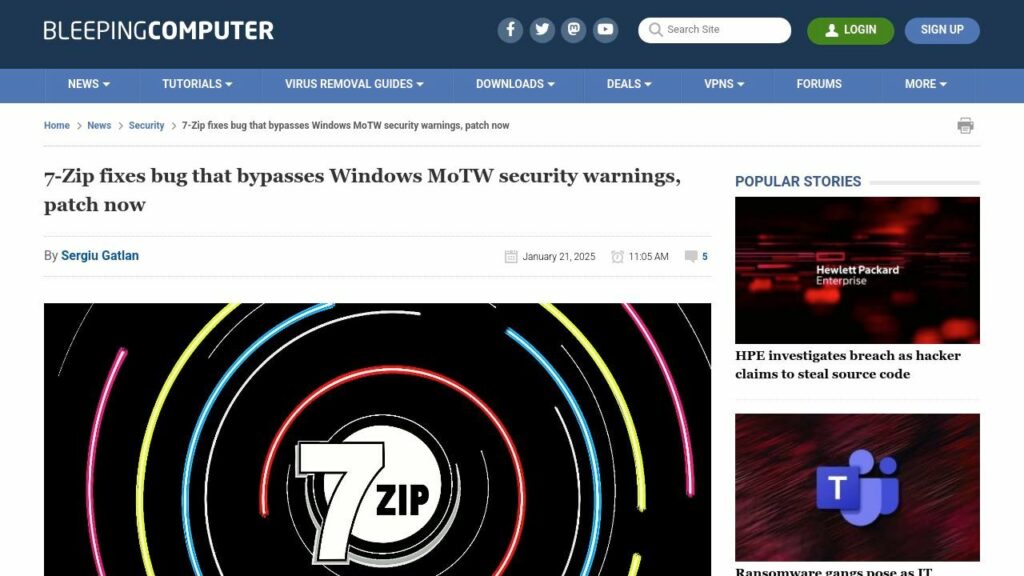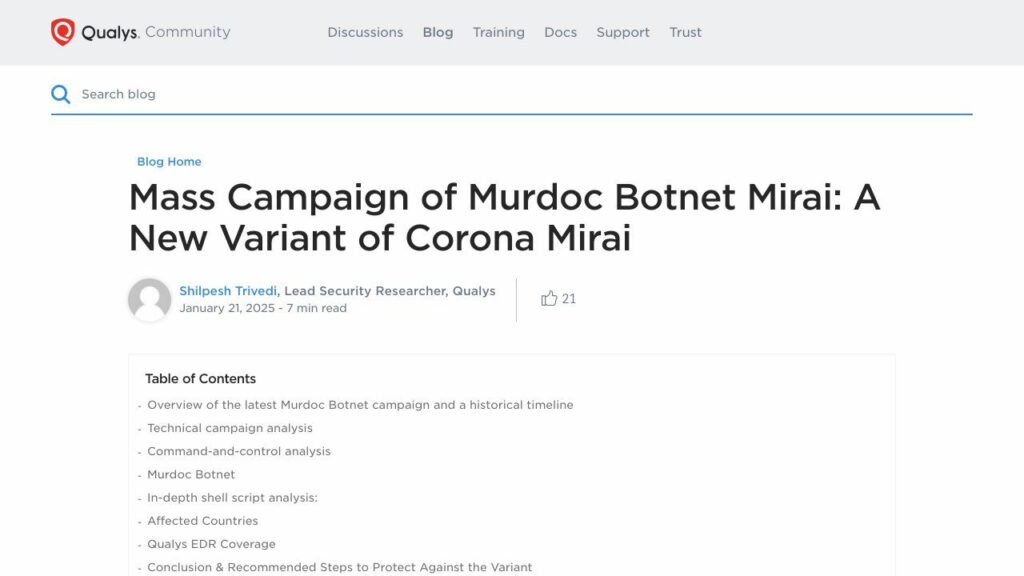About the Security Content of iOS 18.3 and iPadOS 18.3
iOS 18.3 and iPadOS 18.3 security update released January 27, 2025, addresses multiple vulnerabilities affecting recent devices. Key fixes involve potential unauthorized access, denial-of-service risks, and privilege escalation. Each vulnerability is linked to specific CVE-ID, and Apple prioritizes user safety by withholding details until patches are available. For further details, consult the Apple security releases page.
